Jaguar's cars could "tap drivers on the shoulder" to prevent cyclist deaths
News: British car manufacturer Jaguar Land Rover has unveiled a concept for an in-car warning system it says could reduce the number of cyclists killed on the roads, using a headrest that "taps" the driver (+ movie).
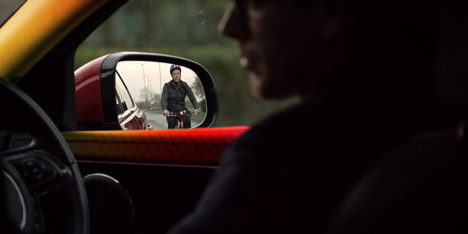
Developed as an early warning system for drivers about to manoeuvre, Bike Sense is described as a "concept technology" that could use sensors to detect the movement of cyclists and pedestrians in a vehicle's blind spots.
After sensing another road user is approaching, an on-board computer would identify the type of road user and then alert the driver with lights, sounds and touch.
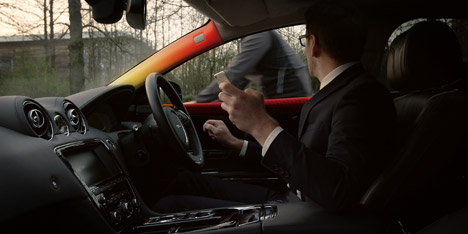
Part of the headrest attached to the seat would extend to touch the driver's shoulder, depending on the side of the car the cyclist is approaching from.
"If a bicycle or motorbike is coming up the road behind the car, Bike Sense will detect if it is overtaking or coming past the vehicle on the inside, and the top of the car seat will extend to 'tap' the driver on the left or right shoulder," explained a statement released by Jaguar. "The idea is that the driver will then instinctively look over that shoulder to identify the potential hazard."
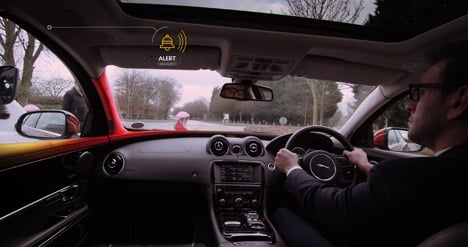
According to Jaguar researchers, the system could also use lights and sounds that the driver would "instinctively associate with the potential danger".
"Human beings have developed an instinctive awareness of danger over thousands of years," said Wolfgang Epple, director of research and technology at Jaguar Land Rover. "Certain colours like red and yellow will trigger an immediate response, while everyone recognises the sound of a bicycle bell."
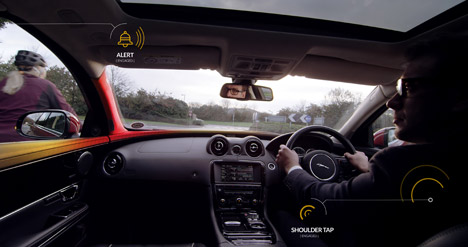
An audio system would make a sound – either a bicycle bell or a motorbike horn – through the speaker nearest to the bike, helping the driver understand the cyclist's approaching direction and what they're riding.

As the cyclist gets closer, LED lights positioned on the window sills, dashboard and windscreen pillars would glow amber and then red depending on their proximity.
In situations where the vehicle is surrounded by a number of potential collision risks, the computer would prioritise the closest hazards to keep distractions from driving to a minimum.
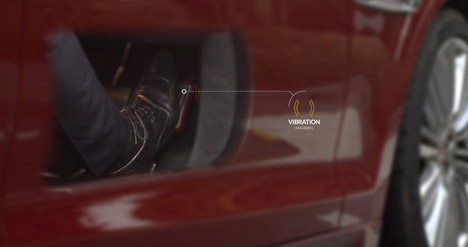
If early warnings go unnoticed or are ignored by the driver, the system could produce vibrations in the accelerator pedal – as well as making it more difficult to push down – as added protection.
Bike Sense could also help prevent vehicle doors being opened into the path of bikes when the vehicle is parked by warning all passengers of an approaching cyclist, and if this is ignored the door handle would vibrate and light up.
Jaguar did not confirm a time scale for the development of the system.
Japanese manufacturer Honda also explored new technologies capable of reducing accidents on the roads recently, introducing an automated driving system to a test saloon vehicle that could potentially create a "collision-free society".